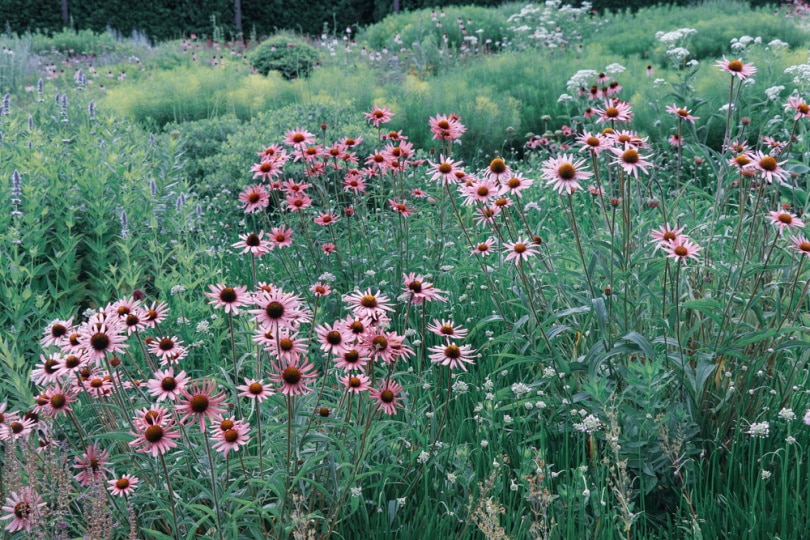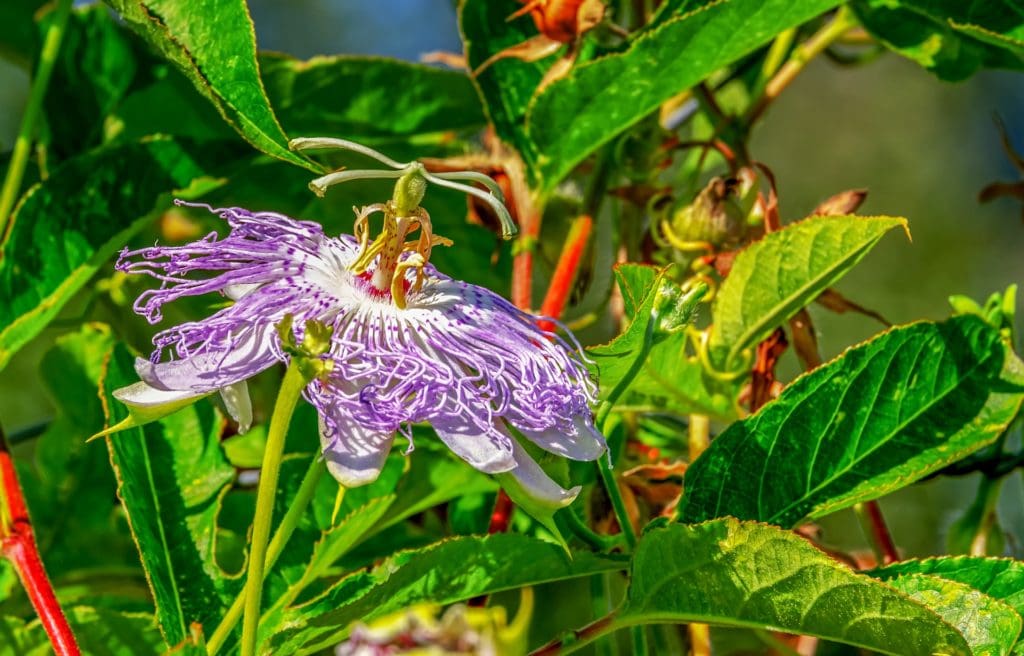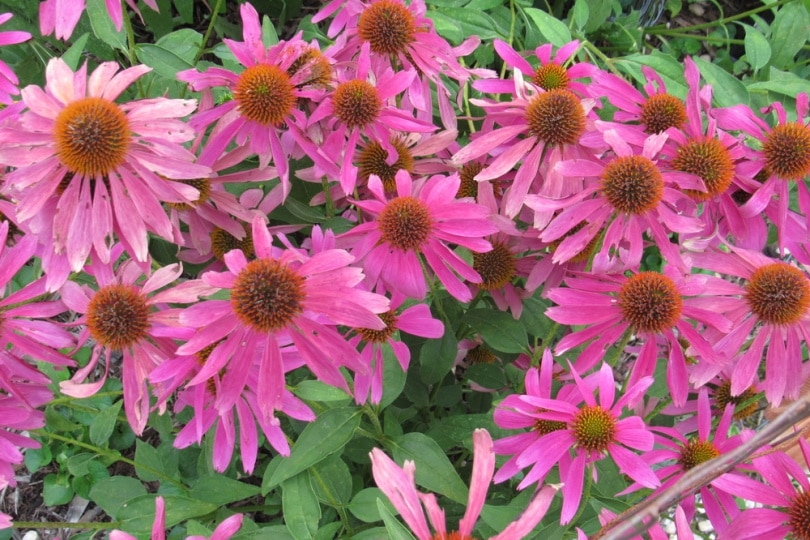What is the State Flower of Tennessee? Types, Facts, & FAQ
-
Kristin Hitchcock
- Last updated:

Tennessee has multiple state flowers. The official cultivated state flower is the Iris, genus Iridaceae. Technically, though, there are actually 170 species of Iris, so this is many flowers—not just one. There are several North American varieties, but the state does not specify which one is the official Tennessee flower.
Iris flowers come in many different colors, and the official act did not specify what color of Iris is considered the state flower. However, it is commonly accepted to be the purple Iris.
The Passion Flower is one of the state wildflowers. It grows throughout much of the southern United States and goes by many different names, including the Ocoee, wild apricot, and maypop. This flower was prized by Native Americans because of its abundance and beauty. The flower got its name from Christian missionaries who saw it as a symbol of the Crucifixion.
The other state wildflower is the Tennessee Coneflower. This state flower is much rarer than the others and only grows on limestone and cedar glades of Middle Tennessee. It was thought to be extinct for a long time. However, it was rediscovered in the 1960s. In 1979, it was one of the first plants to be considered endangered in the U.S.
Since then, the species has recovered.

The 3 State Flowers of Tennessee
Iris

The Iris is one of Tennessee’s state flowers. Technically, this is a whole category of flowers, and the act does not specify an exact species to be the state flower. Therefore, we will discuss the whole genus in this section. This genus contains anywhere from 260 to 300 different species, depending on who you ask.
This type of flower is quite popular as a garden flower and for bouquets. As a cultivated flower, it does not grow wild in Tennessee.
All Irises are perennial, which means that they live for multiple years. These plants form either bulbs (which can be planted) or rhizomes, depending on the climate and species. Their stems are often long and can be branched. Different species have different stem structures. Some are hollow, while others are solid, for instance.
Each iris has a unique flower. However, they generally all have the same unique shape that lands them in this unique category.
Many species in this genus are hybrids. However, they are natural hybrids, which means that they can occur without human intervention.
Passion Flower

The Passion Flower is one of Tennessee’s state wildflowers. This flower grows as an intricate, trailing vine. The flowers are large and very different from your typical flowers. The bluish-purple blooms are striking, which often causes them to end up in gardens. The resulting fruit is an oval, yellow berry that is commonly called a maypop (though this name can also refer to the plant itself).
This name is thought to come from the fact that these fruits tend to pop when stepped on. Despite the name, these fruits do not usually develop in May. The maypop was a staple food for the Cherokee for thousands of years and is commonly still considered to have medicinal properties.
This species is easily cultivated and quite hardy. It is a low-maintenance plant that can be used to adorn fences and similar structures. In favorable weather, the vine can carpet a thicket in days. It is extremely fast-growing. However, it does require direct sunlight for at least half the day.
The chemicals in the passion flower have calming effects. Therefore, it is often used to combat anxiety and similar problems. Some people also consume berries for ADHD, pain, insomnia, and other conditions. However, there are not many studies on the effectiveness of this plant.
Luckily, the passion flower has very few side effects (if any). It is safe when taken long-term, as some studies have participants taking it for over 8 weeks.
Tennessee Coneflower

Once considered extinct, the Tennessee Coneflower is no longer considered in danger of extinction. Largely, this good news is due to conservation efforts, such as protecting land the flower grows on. Because the flower is very particular about where it grows, protecting this land is vital to the flower’s continued presence in Tennessee.
After bouncing back from extinction, the Tennessee Coneflower was named one of the state wildflowers.
This charming flower is nearly impossible to cultivate, as it only grows in limestone cedar glades. These places are found in a 14-mile radius in three counties in the Nashville area. Largely, the development of the Nashville area is what led to this flower becoming nearly extinct.
The limestone cedar glades are unique because the limestone prevents tree roots from breaking the bedrock. In some places, the soil is too shallow for trees, which leads to large openings. The flowers take to these openings. Because the soil is shallow (and the water drains below the limestone bedrock), these areas can get quite dry.
However, the flowers have a unique taproot that is able to work through small cracks in the limestone rock. In this way, the plant can access water that other plants in the area can’t get to.
This unique evolutionary feature is only useful in this very specific habitat, though. For this reason, the flower does not grow well elsewhere.

Conclusion
Tennessee currently has three different state flowers. One of these is a cultivated flower, while the other two are wildflowers. All of these flowers were promoted as the state flower due to different reasons. For instance, the Tennessee Cornflower was named the state flower after conservation efforts brought it back from the brink of extinction. This flower only occurs in three counties in Tennessee.
Featured Image Credit: Molly Shannon, Shutterstock
Contents
